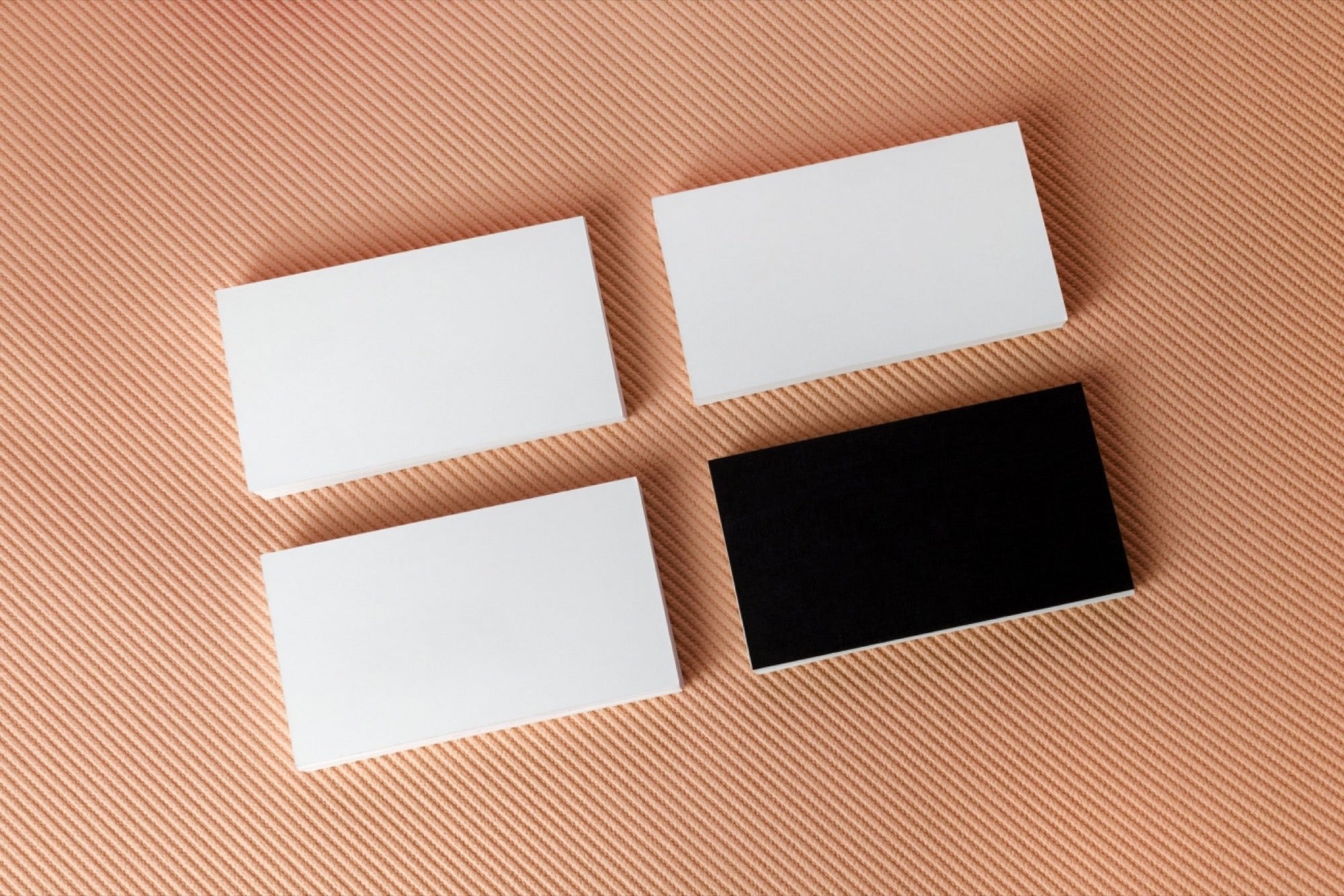The Do's and Don'ts of Business Cards Often times, your business card is your first chance to make an impression. Here's how to make it count.
This story originally appeared on Personal Branding Blog

A business card reflects your personal brand. It is also a great marketing tool for yourself and your company. Especially during networking events, a business card is the first item someone receives from you and as a result, it is your first chance to make an impression on that person. Therefore, creating a business card should not be taken lightly. A business card should be professional, clear to understand and reflect your brand image.
Now, let's look at do's and don'ts of business cards:
Do's of Business Cards
Keep it Simple: Choose easy-to-read fonts and stay with the traditional size for business cards. Avoid using bright colors if you are in a traditional business such as finance or consulting. A bright background such as white, beige or light gray and dark text such as black, navy or dark grey both looks professional and is easy to read. However, if you are in a creative business such as an artist or a fashion designer, adding a little bit of a color won't hurt and can show your creative side.
Related: Why Learning From Successes Trumps Learning From Failure
Use the Back Side of the Card: If you are doing business with other countries, make sure you use the back side of the card to print the same information in a different language. For example, a person who does business both in the U.S. and Latin America may want to have the information printed in English on one side and Spanish on the other.
Include the Right Information: Make sure you include relevant information on your card. Your name, title, company name along with your logo, email address and phone number should be definitely on your business card. If space permits, physical address of your company, company website and cell phone number can also be included on your card.
Don'ts of Business Cards
Don't Make it Cheap: Don't use thin and cheap paper. This can make the other person wonder about the quality of your services. You don't need to go to a professional designer for a business card but compare the quality of printing when shopping for your business card.
Don't Use Clip Art: Never use clip art on your business card. If you are a freelancer and don't have a company logo, you may want to use a professional picture of yourself on the card. Another option may be to simply not use any type of picture or logo and only include your name and title.
Don't Keep Outdated Cards: If you run out of your cards and need to go to a networking event, don't take your outdated cards, which include the wrong company name or wrong email address, with you. Instead, be honest and tell them that you run out of your business cards but would be happy to email them your information after the event.
Related Offer: Go green with Moo's green business cards, starting at $22.99 for 50










